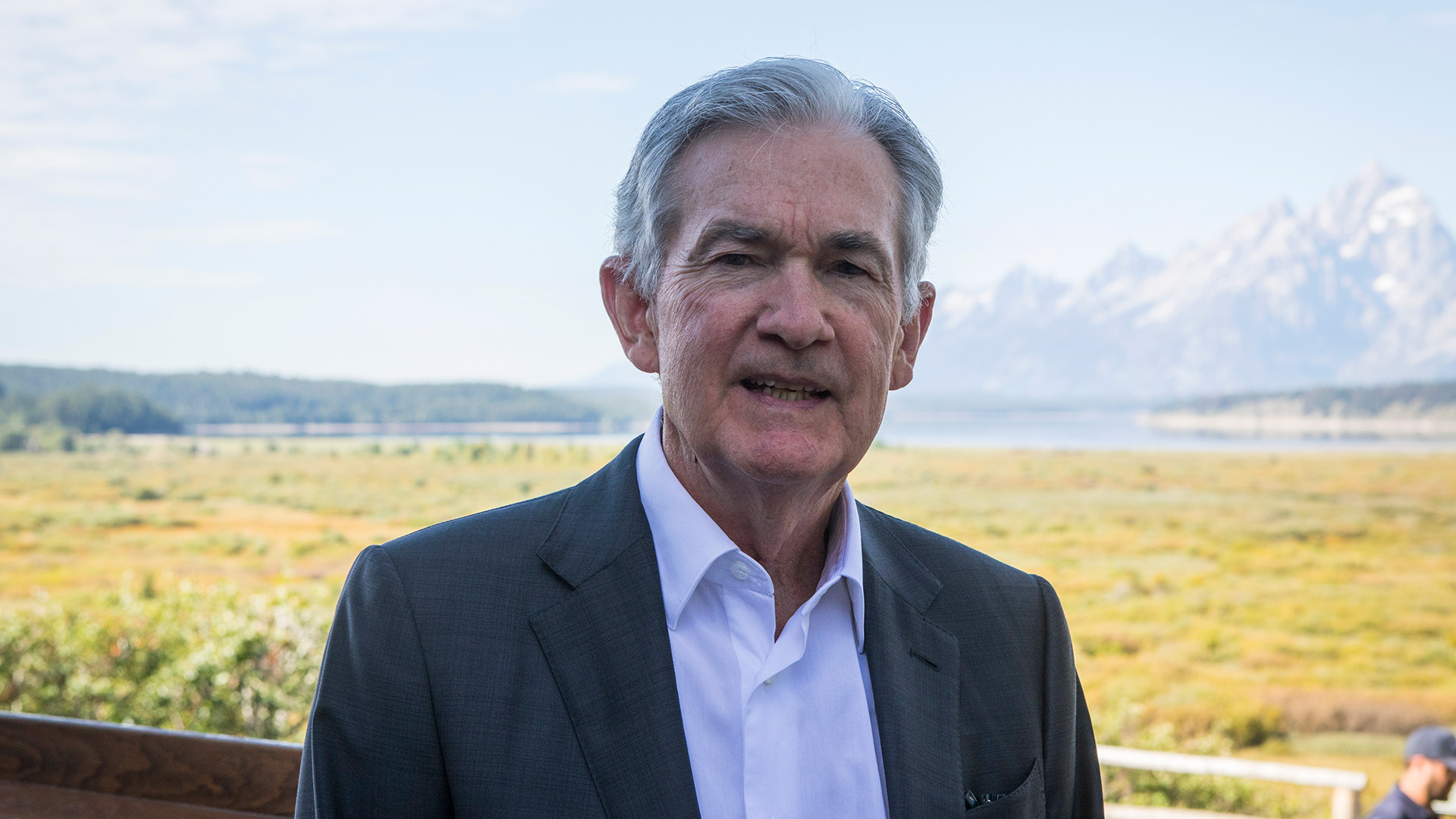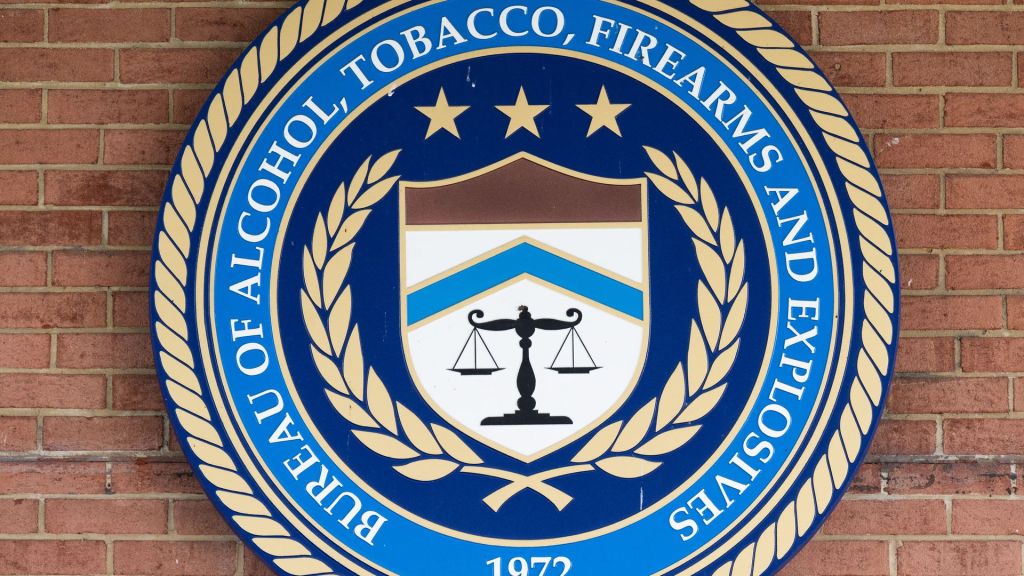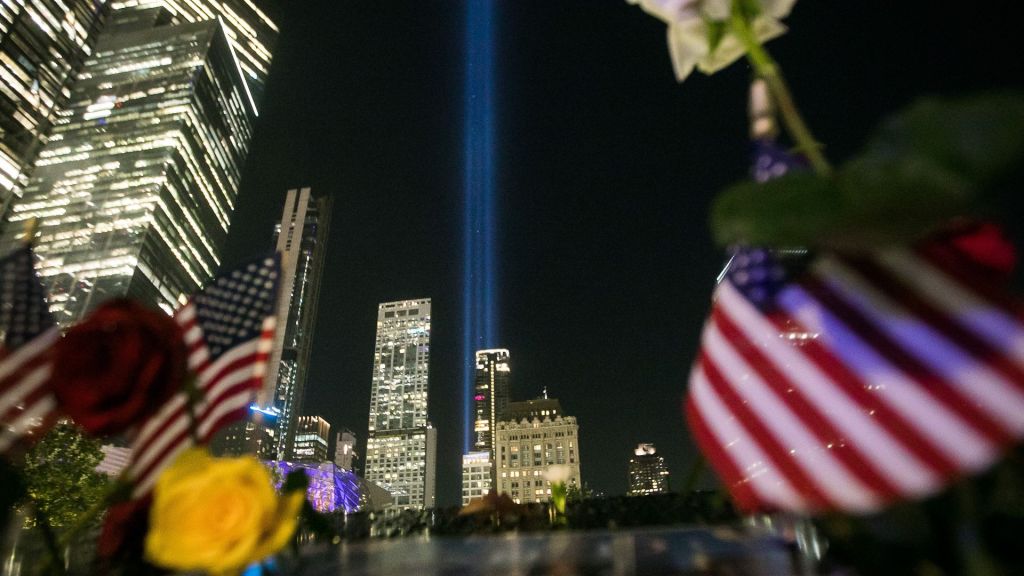
Simone Del Rosario: You’re going to be in Jackson Hole for this big speech that Fed Chair Jerome Powell will make. What are we going to hear from him that is different from what we hear in the FOMC press conferences?
Kathleen Hays: That’s a really good question, because in the press conferences, he gets hammered with questions. He will not be taking questions in Jackson Hole, No. 1. No. 2, I wonder if he’ll want to put the inflation that’s been experienced, where the Fed is now and where it’s going, into a bigger framework.
‘It was a tricky time; there were supply shocks; and one of the supply shocks was the labor market, there weren’t as many people there and so wages went up; now all these things have happened and here we are now,’ and somehow give us this broader sense of how they’re looking at things now.
Could he talk about the neutral rate? Are we closer? Do we have to [move] the neutral rate up or down, etc.? What are the metrics they’re looking at?
One person suggested to me that he thought they could look at the upcoming framework review, which is going to start sometime in the fall. Remember, they changed their framework just when the pandemic was starting to say, ‘We have to see maximum inclusive employment before we would hike rates, and we’d have to see inflation at or above, I believe it was 2.5% and rising before we would start hiking rates to bring it down.’
Some people think that was one of the reasons that they move so slowly, too slowly, slower than they should have to start hiking rates when they did. And maybe that’s something he’ll address.
I myself think he’s going to keep it pertinent. He’s going to keep it more in terms of what everybody’s trying to figure out right now. And give us more of a framework, a bigger sense of being willing to move slowly, I’m not sure.
It’s up to him. And I think, after all the emphasis we’ve seen here and the market upheaval recently, it will behoove him to help us all understand better where they are now and what’s going to drive their coming steps. And maybe even cool off some of the idea that there’d be any emergency cuts because because markets go crazy for a day or two.
Simone Del Rosario: It would be interesting to hear him put this journey into perspective. It’s been a tough one for people out there, to live through a peak of 9% inflation, to continue to see inflation, for it to take so long for it to come down. We’re sitting here right now with a headline number of 2.9% and that looks incredibly promising when you look back at what we’ve been through to this point. So it will be interesting to hear if he puts the last several years into perspective, given everything that the economy has gone through since the COVID-19 pandemic.











